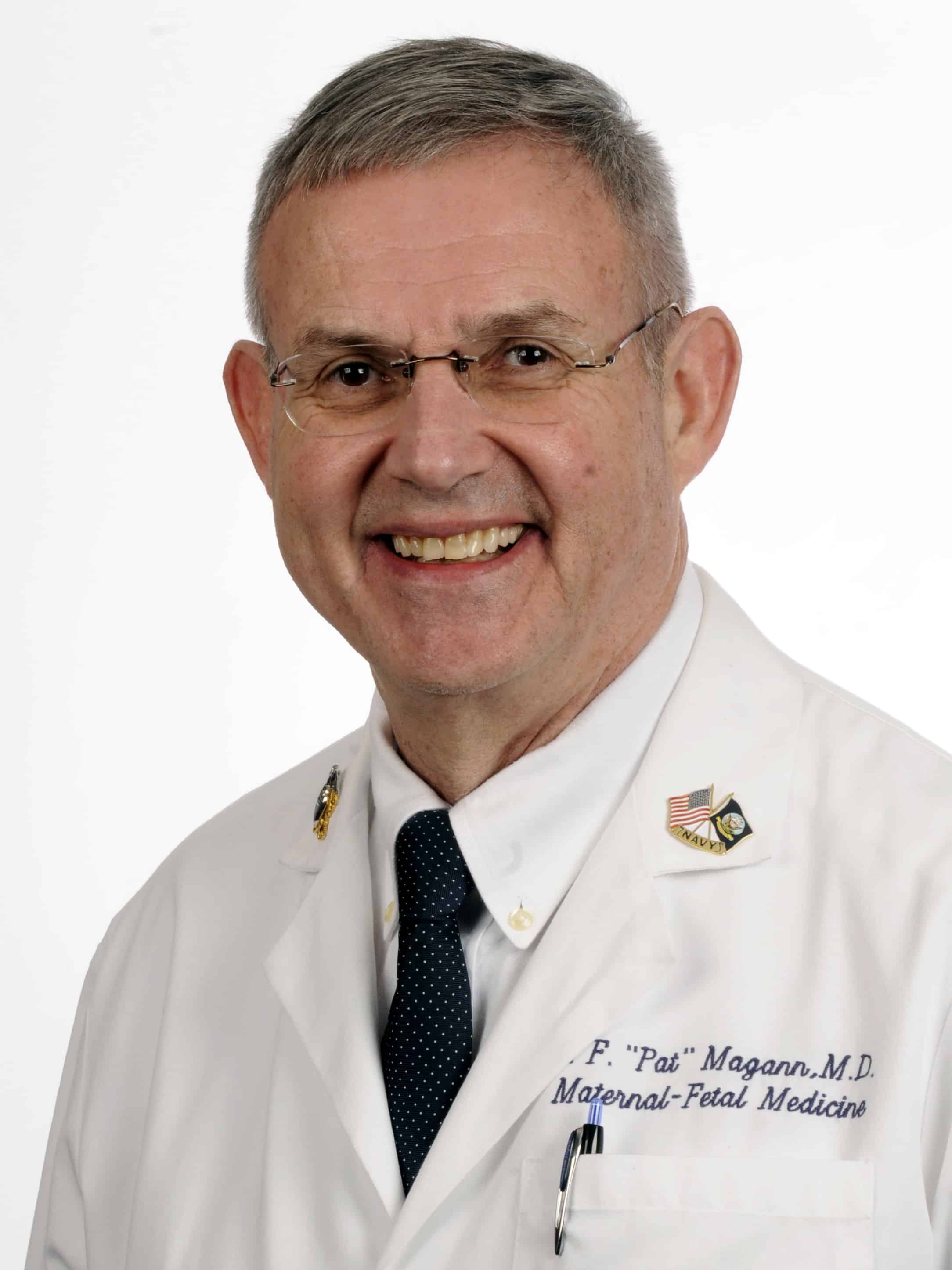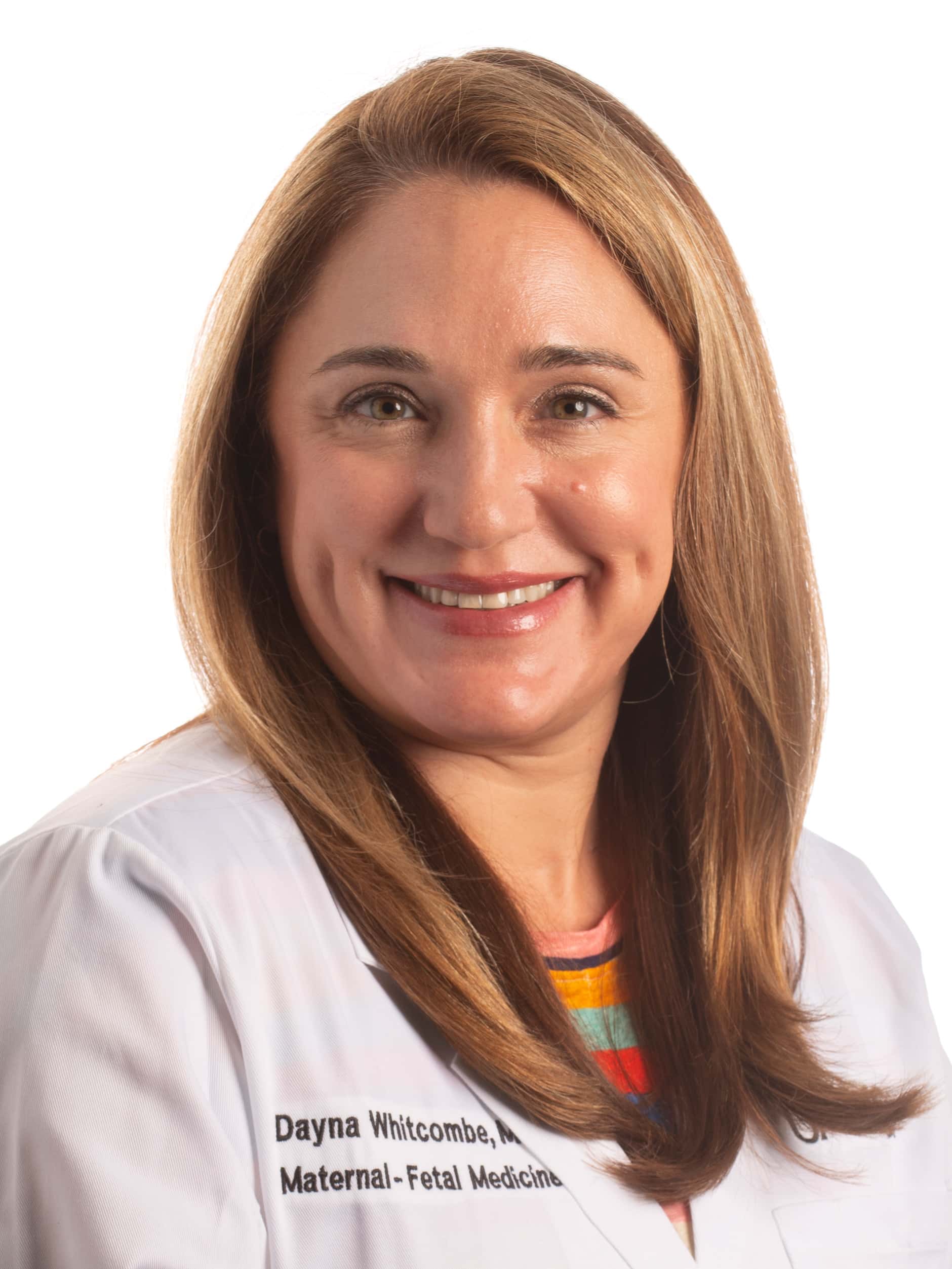The Maternal-Fetal Medicine Specialists (MFM) at The University of Arkansas for Medical Sciences (UAMS) are the undisputed leaders in high-risk pregnancy management in Arkansas with more MFM board-certified specialists on staff, more statewide coverage through UAMS initiated advances in telemedicine, and more MFM physician experience than any other institution in the state.
The Division of Maternal-Fetal Medicine, a sub-specialty of the Department of Obstetrics and Gynecology at the University of Arkansas for Medical Sciences, is staffed by four full-time, board-certified MFM faculty members with expertise in diverse areas of clinical obstetrics. The supporting staff includes diabetic educators, sonographers, genetic counselors, nurse practitioners, and research nurses. With the current level of high-risk pregnancy professionals on board and a growing need in the state of Arkansas for qualified, board-certified Maternal-Fetal Medicine Specialists, it was the right time to introduce a fellowship teaching program.
In 2010, the MFM Division applied for and received permission from the American Board of Obstetrics and Gynecology (ABOG) to begin a fully accredited Maternal-Fetal Medicine Fellowship Program. The fellowship program became a reality on July 1, 2011, and each July a newly selected MFM Fellow begins as one Fellow who has successfully completed the three-year program to graduate to Maternal-Fetal Medicine Specialist status.
The MFM Specialists and three Fellows are also busy with several research projects. Topics include amniotic fluid dynamics; birth defects and diabetes; depression, drug abuse, and smoking cessation during antenatal and neonatal development; exercise/work and pregnancy outcomes; fetal magnetoencephalography (fMEG) assessment; fetal monitoring including fetal magnetocardiography; telemedicine and wellness during pregnancy; uterine contractions in term and preterm pregnancy and labor – magnetomyography (MMG); obesity on pregnancy outcomes; effects of vitamin D on depression in pregnancy; assessment of blood loss over time in the third stage of labor for both vaginal and cesarean delivery; detection of intrauterine growth restriction in both singleton and twin pregnancies and does that detection improve pregnancy outcome; the predictability of ultrasound by telemedicine vs. conventional on-site ultrasound in the detection of fetal anomalies; and a cost analysis of telemedicine vs. traditional “face-to-face” medicine.
Physicians





